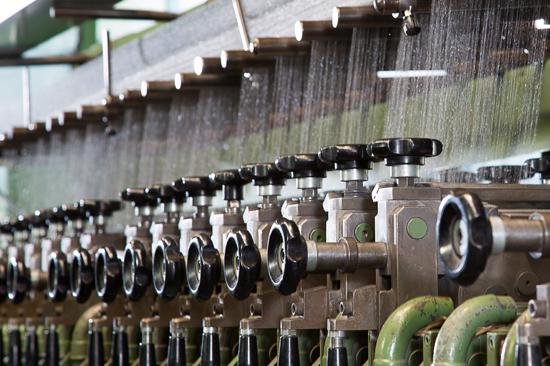12,000 jobs for Northerners, and over 20,000 jobs in the rest of the UK could be saved through a Green Steel Stimulus for the North
The leading think-tank for the north of England has today published a blueprint to transform the North’s steel industry into a world leading, job generating, planet protecting industry of the future.
Researchers have found that a nationwide commitment to, and investment in decarbonising the steel industry in the North could help the industry become net zero by 2036, at the same time as levelling up the regional and national economy by saving around 12,000 jobs directly across the region, and a further 20,000-27,000 jobs in the supply chain across the UK.
To achieve a greener industry, IPPR North recommends a strategy that drives innovation by harnessing the potential of electrification, carbon capture storage, and hydrogen technologies. In fact, at least a further 40,000 energy generation and fuel supply jobs could be created in these industries across the North by the early 2030s.
The UK steel industry is of national strategic importance with over one-third of the industry’s jobs based in the North – in places like South Yorkshire, Teesside, and the Humber – meaning that the North has what it takes to lead the UK, and the world, in the development and production of green steel. But researchers say that “we must act fast to seize the opportunity to recast steel as an industry of the future” and become a competitive world leader in green steel technologies. They recommend that the steel industry, UK government, northern leaders and trade unions work together to plan for the future of the industry, and that the public and private sector invest in steel as part of a post-Covid green stimulus. This investment would include a ramping up of the important R&D innovation already happening in the North, bridging the long-standing funding gap between the North and the South East.
Today’s research details how the decarbonising steel in the North will require significant annual investment to develop new technologies and encourage uptake. The costs would need to be met by the industry and government, both playing their part. Annual investment would be needed to help cover costs of around £150m a year up to the 2030s, before rising to £300m by 2035 and failing to £267m by 2050. Treasury investment would decrease as time goes on. Researchers say that this investment in achieving net zero will “more than deliver for all” and that the path to net zero will support a UK wide industry that could take advantage of future market opportunities worth £3.8 billion a year by 2030.
Report author and senior research fellow at IPPR North, Jonathan Webb said:
“Northern prosperity is national prosperity. And it can be achieved in part through good, strategic policy and investment in green steel in the North. The prize to be won is significant. A cleaner, greener industry that supports good jobs, prosperous places, and a more economically and environmentally just future.
“But we must act fast to seize the opportunity to recast steel as an industry of the future. The time to act is now if we are to become competitive, future world leaders in green steel. So government, leaders, steel businesses, trade unions and others must collaborate without delay, commit to, and invest in a Green Steel Stimulus for the North.
“The steel industry underpins the economies and identities of so many towns and city regions across the North. If we are serious about powering up our regions, then we need to be serious about harnessing the incredible potential of Green Steel, to build the low-carbon infrastructure we need to level up for ourselves, here in the North. Everyone must play their part, and if they do, we will realise a return on that investment that will more than deliver for all”.







